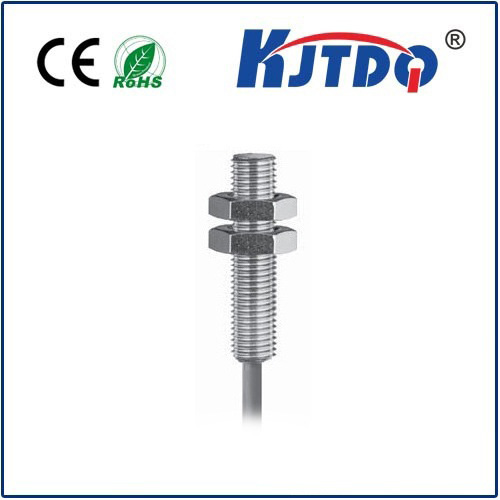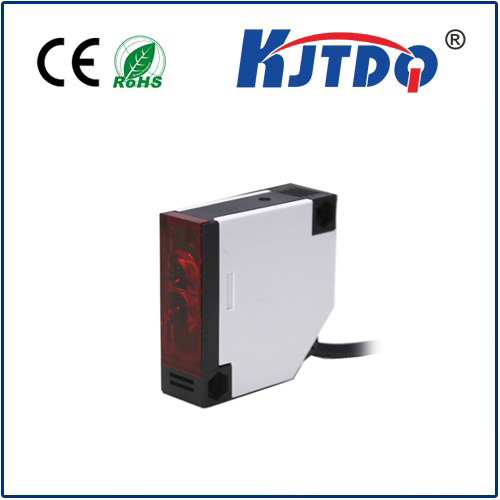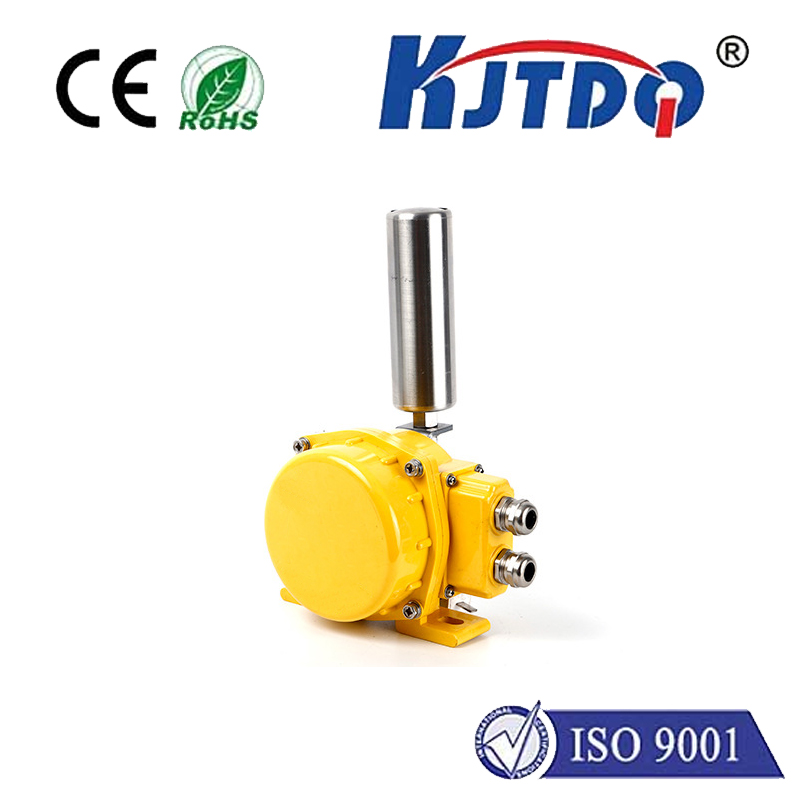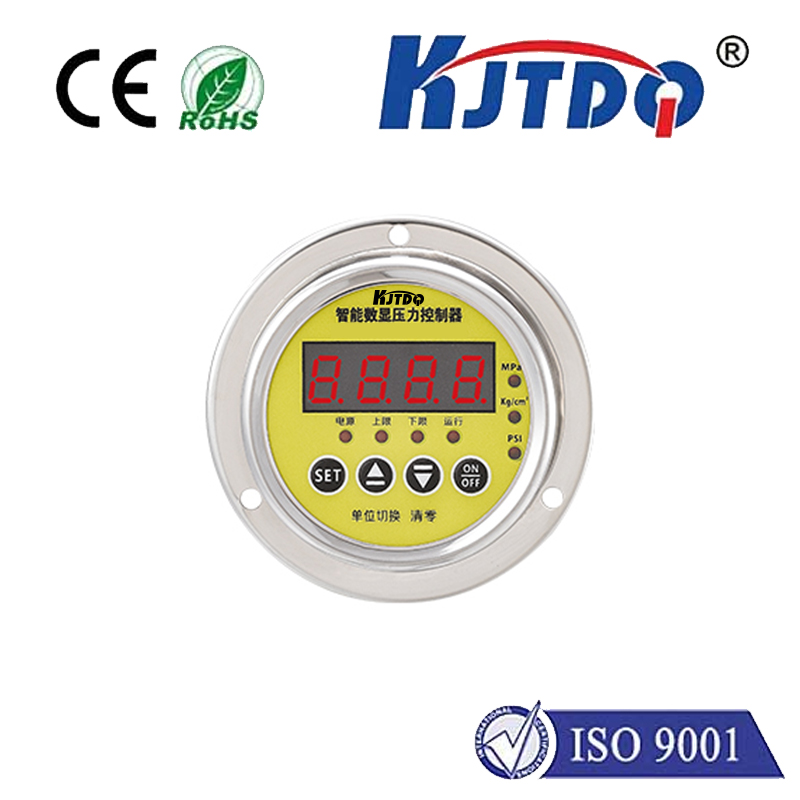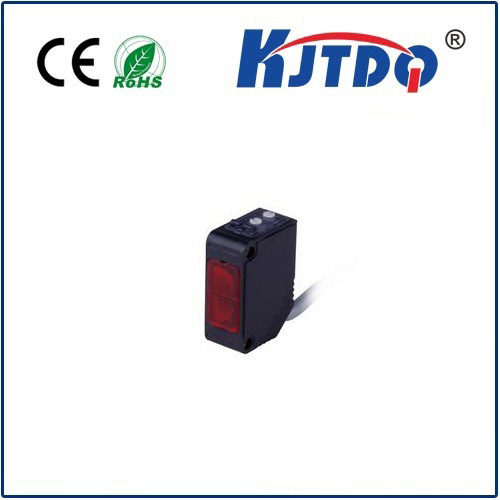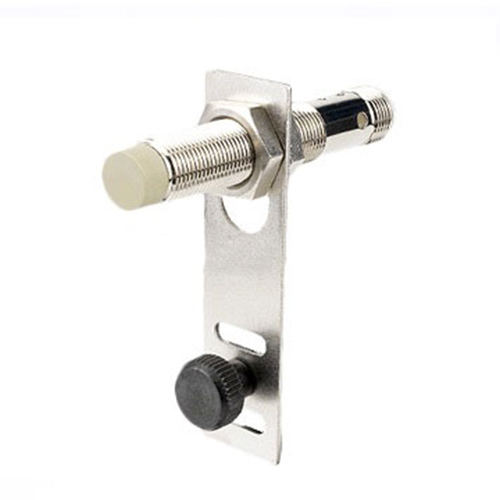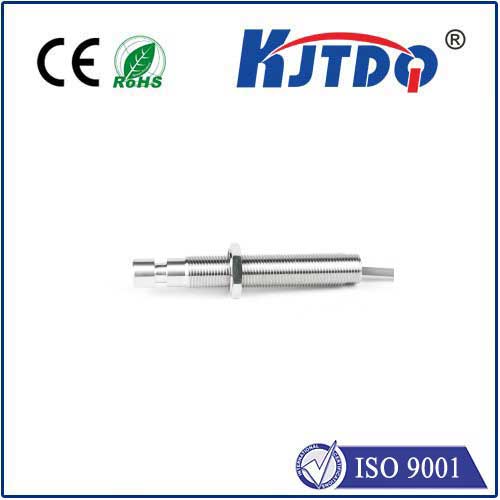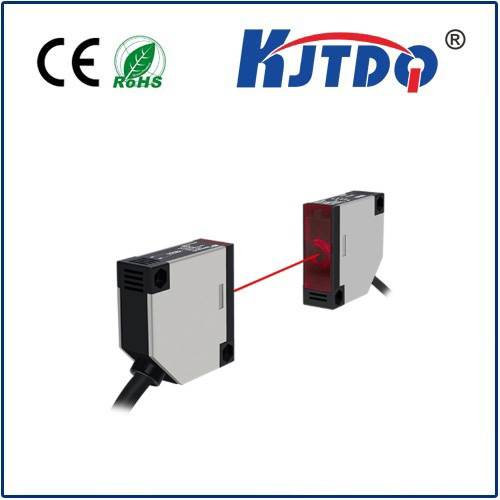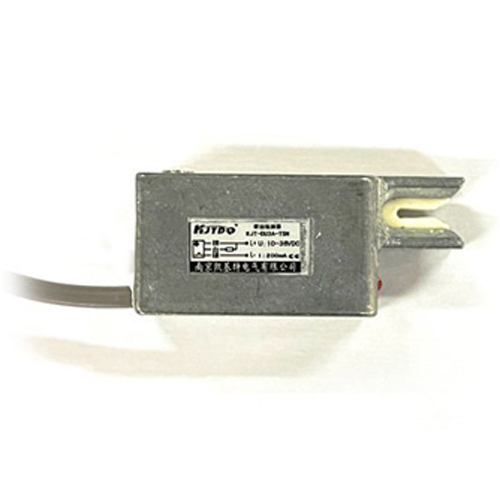ir proximity sensor
- time:2025-06-12 17:49:07
- Нажмите:0
The Silent Sentinel: How IR Proximity Sensors Revolutionize Detection
Ever marveled at elevator doors sliding open just in time, your phone screen dimming during a call, or an automatic faucet springing to life? Chances are, an unsung hero – the Infrared (IR) Proximity Sensor – is quietly making it happen. This ubiquitous technology, operating unseen in the infrared spectrum, forms the backbone of countless detection and automation tasks across industries and consumer products. Understanding its working principle and diverse applications reveals its fundamental role in modern technology.
Demystifying the Invisible: Core Working Principle
At its heart, an IR proximity sensor operates on a simple yet elegant concept: utilizing infrared light to detect the presence or absence of an object within a specific range without physical contact. The core components are typically:
- Infrared Emitter (IR LED): This component emits pulses of infrared light (wavelengths typically between 700 nm and 1 mm), invisible to the human eye.
- Infrared Receiver (Photodiode or Phototransistor): This element is sensitive to IR light. Its role is to detect the emitted IR radiation if it reflects back or is intercepted.
- Signal Processing Circuitry: This interprets the signal received by the IR detector and translates it into a usable output (e.g., a digital HIGH/LOW signal, an analog voltage change).
The primary detection methods are:

- Reflective Sensing: The most common type. The IR emitter and receiver are mounted close together on the same face of the sensor. The emitted IR beam travels outward. If an object is within the detection range, the IR light reflects off its surface and some portion returns to the receiver. The sensor’s circuitry detects this return signal. The strength of this reflected signal often relates to the object’s distance and reflectivity.
- Beam Interruption (Through-Beam): Here, the emitter and receiver are separate units placed facing each other. The emitter constantly sends an IR beam directly to the receiver. When an object passes between them, it interrupts the beam. The receiver senses this loss of signal, triggering detection. This method typically offers longer ranges and higher reliability, especially in dusty environments, compared to reflection.
Where IR Proximity Sensors Make Their Mark: Applications Galore
Their non-contact nature, relatively low cost, small size, and reliability make IR proximity sensors indispensable across countless scenarios:
- Consumer Electronics: Smartphones use miniature IR sensors to detect when the phone is held near your ear during a call, automatically turning off the display to save power and prevent accidental touches. Tablets, laptops, and smartwatches employ similar mechanisms.
- Automation & Robotics: On production lines, object detection for counting, positioning, or triggering subsequent actions is vital. Robots use proximity sensors for obstacle avoidance and precise maneuvering. Automated doors rely heavily on IR proximity sensors to detect approaching people.
- Home & Building Automation: Touchless faucets, soap dispensers, and hand dryers activate via IR sensing. Security systems incorporate them for motion detection, and lighting systems use them for presence-based control (turning lights on/off automatically).
- Автомобильная промышленность: Found in parking assist systems to warn of nearby obstacles, inside cars for occupancy detection (airbag control), and increasingly in Advanced Driver Assistance Systems (ADAS).
- Industrial Control: Used for position detection of machinery parts, level sensing in bins or tanks (for opaque materials), and ensuring safety by detecting personnel near hazardous zones.
- Appliances: Printers detect paper jams or the presence of paper trays. Vending machines detect product dispensing. White goods (like refrigerators) might use them for touchless interfaces.
The Distinct Advantages: Why Choose IR?
Several key benefits underpin the widespread adoption of IR proximity sensors:
- Non-Contact Detection: Eliminates wear and tear on both the sensor and the target object. Ideal for delicate objects or moving parts.
- Fast Response Time: Detection and response occur almost instantaneously, crucial for real-time control systems.
- Solid-State Reliability: With no moving parts, IR sensors boast long operational lifespans and high resilience to vibration and shock.
- Insensitivity to Ambient Light: By modulating the emitted IR light and tuning the receiver to detect only that specific frequency, well-designed IR proximity sensors effectively filter out most ambient visible light interference. Effective filtering is key to reliable operation.
- Compact Size & Low Power: Miniaturization allows integration into even the smallest devices, and infrared sensors typically consume very little power, extending battery life in portable electronics. This low power consumption is a significant advantage.
- Cost-Effectiveness: Mass production makes these sensors highly affordable, enabling their use in budget-conscious applications.
Important Considerations: Not a Universal Solution
While incredibly versatile, IR proximity sensors have limitations to consider:
- Material Dependence (Reflective Type): Performance depends heavily on the target object’s reflectivity and color. Dark, matte, or highly absorbent surfaces reflect less IR light, reducing detection range or potentially preventing detection altogether. Transparent objects (like glass) can be invisible to reflective sensors unless specially treated.
- Environmental Factors: Intense ambient infrared sources (e.g., sunlight, heaters) can saturate the receiver or be misinterpreted. Dust, fog, or steam can scatter the IR beam, affecting range and reliability. Beam interruption sensors are generally more robust here.
- Range Limitations: Most common IR proximity sensors have relatively short detection ranges (centimeters to a few meters). Achieving longer distances requires specific, often more powerful and expensive, designs.
- Precision: While good for presence detection and rough distance estimation, they are generally not as precise as dedicated laser distance sensors or ultrasonic sensors for exact ranging.
The Indispensable Infrared Eye
From simplifying our daily interactions with technology to enabling complex industrial automation, the IR proximity sensor is a cornerstone of modern detection systems. Its ability to provide reliable, non-contact sensing using invisible light makes it an incredibly adaptable solution. Understanding the core principles of reflective detection and beam interruption, along with their respective strengths and limitations, allows engineers and designers to harness this technology effectively. As devices become smarter and more interactive, the demand for robust, low-cost, and efficient infrared sensors is only set to grow, ensuring this silent sentinel remains a vital component in the technological landscape for the foreseeable future.

